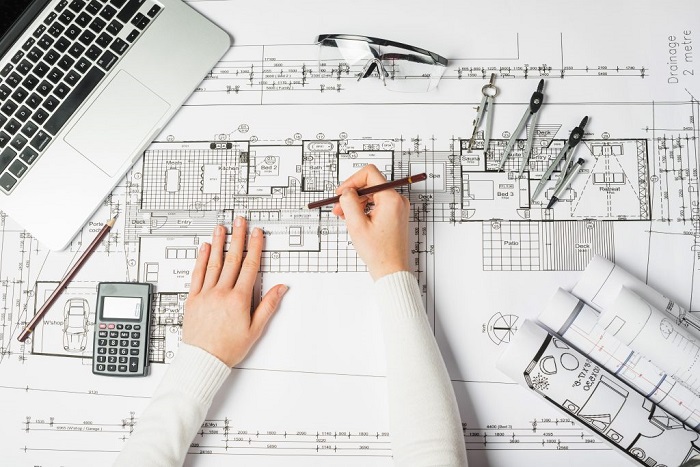Every grand digital structure begins with a sketch on paper or screen. Yet sketches alone cannot move teams into synchronized action. Technical architects must translate layered blueprints into language understood across technical and non-technical boundaries. Their success depends on clarity and precision in design communication. This role is both art and engineering combined in one framework. Without it, systems risk chaos, confusion, and fractured execution.
Crafting design stories visually
Visual storytelling shapes how complex frameworks become digestible. Technical architects employ diagrams, flowcharts, and layered models. Each artifact builds a shared mental map across developers and stakeholders. A well-drawn system diagram does more than explain functions. It also conveys risk areas and system bottlenecks. These illustrations act like architectural maps that guide every decision.
Embedding clarity within documentation
Documentation holds the memory of a system long after meetings fade. Architects must draft with rigor, precision, and human readability. They design documents to serve diverse audiences across roles and technical fluency. Lengthy jargon-heavy texts only distance non-engineering voices. Clear narrative writing bridges communication gaps between groups. This discipline ensures vision remains intact despite team transitions.
Using layered communication channels
No single channel carries the weight of architectural complexity alone. Architects rely on workshops, technical walkthroughs, and structured presentations. Each channel highlights specific layers of system complexity. Live discussions invite questions and refine clarity within teams. Recorded documentation reinforces points for reference later. Together, these mediums weave communication into sustainable alignment.
Adapting tone for different minds
Architects often speak to executives, engineers, and business strategists in one project cycle. Each group requires distinct tones and vocabularies to engage effectively. An executive needs vision and strategic risk highlighted. A developer needs detail, technical depth, and functional clarity. Business leaders want operational efficiency framed with measurable outcomes. Balancing these layers requires versatility akin to an arquitecto Xativa guiding both workers and owners.
Anchoring designs with narratives
Narrative thinking transforms architecture from static charts into lived stories. Instead of abstract symbols, architects describe user journeys through the system. These stories show the cause-and-effect of design choices in daily operations. Storytelling reveals both strengths and vulnerabilities in architecture. This method makes technical blueprints relatable to broader audiences. It humanizes technology into a tangible reality everyone can grasp.
Leveraging tools for collaboration
Digital platforms amplify how communication and design align together. Architects use modeling software, real-time boards, and collaborative repositories. These tools enable live feedback and constant version tracking. They prevent misunderstandings across dispersed cross-functional teams. Everyone sees the same evolving vision in one digital workspace. Collaboration thus becomes organic, transparent, and continuously sharpened.
Translating complexity into decision power
Ultimately, the architect’s work delivers power to decision-makers. Clear documentation and communication enable leaders to act with confidence. Poorly framed designs can lead to hesitation or misaligned resource allocation. Strong architectural communication prevents those failures before they surface. It ensures teams follow a blueprint aligned with broader business vision. Architecture succeeds when complexity becomes actionable direction across all levels.
Conclusion
Documenting and communicating complex designs is both structure and storytelling. Architects operate at the crossroads of engineering logic and human clarity. Their discipline ensures that technical ambition transforms into operational excellence. By adapting tools, tones, and techniques, they make complexity understandable and usable. In this balance of precision and narrative lies the secret of architectural effectiveness.

